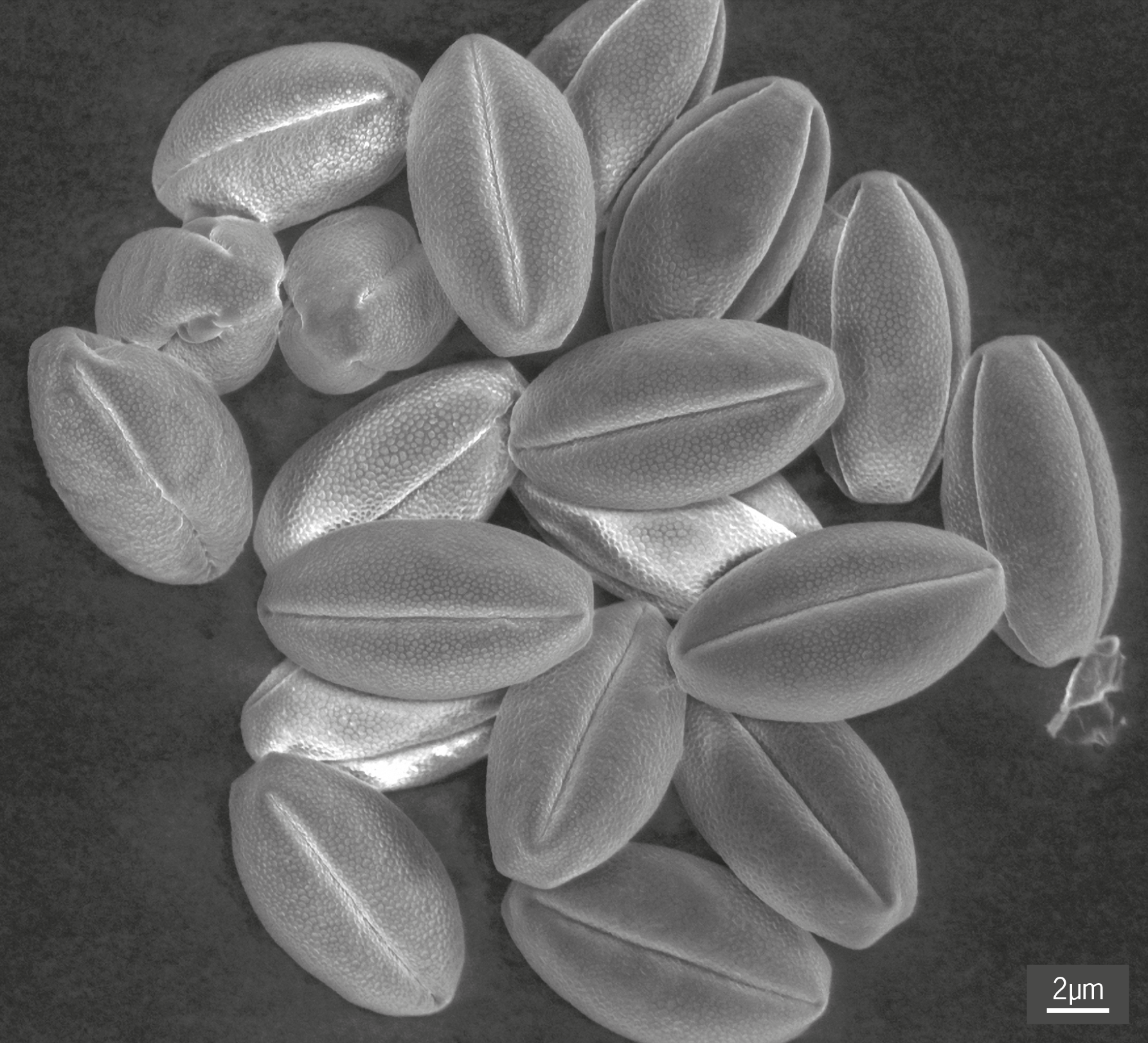This feature makes it appealing to develop as a commercial food crop. The plant is scarce in the wild, perhaps partly because male and female flowers are produced on separate plants and the male flowers tend to mature before the female flowers. This discrepancy adversely affects fruit production and would be a problem for commercial cultivation.
In an attempt to overcome this limitation, Dr Tien Huynh from RMIT University and Dr Sophie Parks from NSW Primary Industries, in collaboration with Orga Corporation (Thailand) and Southern Seed Corporation (Vietnam), are investigating ways to preserve pollen for controlled fertilisation. Successful pollen storage would improve the rate of fruit production to a level where commercial cultivation is viable.
Scanning electron microscopy (SEM) in the AMMRF (now Microscopy Australia) Linked Laboratory at RMIT confirmed that the structure of frozen and refrigerated pollen was unchanged during long-term storage. Field experiments confirmed that stored pollen was suitable for producing fruit in the field. Fertilisation using stored pollen is now used on farms across Asia to ensure fruit production. In Australia, field trials are currently under way with the University of Newcastle for improved fruit quality. The aim is to produce fruit for the Asian market.

SEM image of red gac pollen after long-term storage.
SEM image of red gac pollen after long-term storage.
October 24, 2014